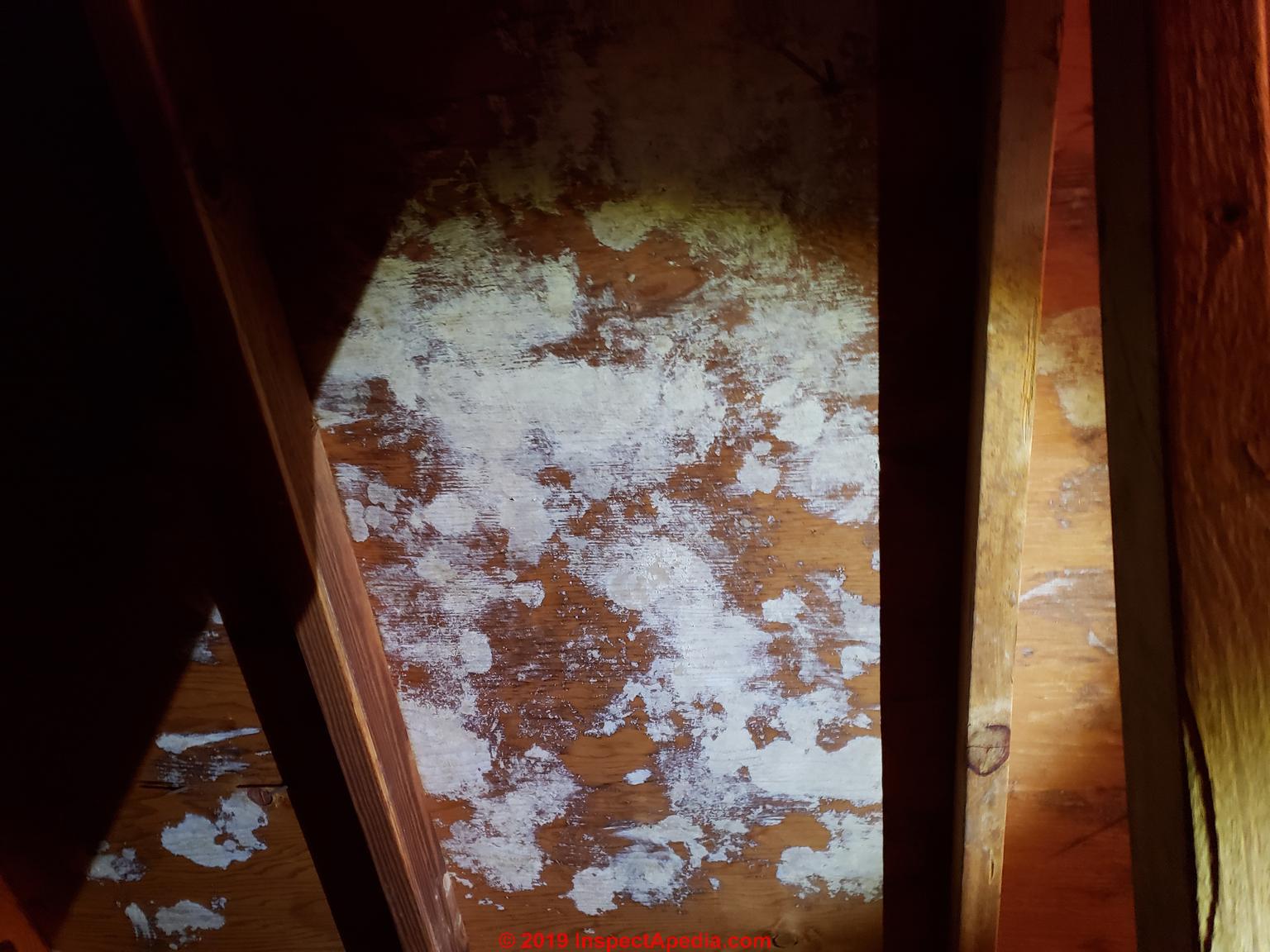So if the air in the attic is hotter than the air beneath the insulation will almost stop the heat from descending into the house keeping it cool in summer.
White fluffy stuff in attic.
Ideas on what this.
It appears white or light gray like a coating of unsettled dust.
First of all that white fluffy stuff was actually a blown in fiberglass insulation in my opinion.
The fluffy stuff is insulation it slows the movement of heat in both directions effectively keeping the heat were it is.
When the water evaporates a white fluffy structure is left behind.
This growth while harmless can appear very similar to white mold growth.
It s fluffy and speckled white in color.
New type of cricket.
White mold can be found anywhere conditions conducive to mold growth are present.
Meanwhile black or olive green discoloration will most likely be black mold.
White mold can be confused with efflorescence a mineral deposit caused by water seepage.
Or could it be asbestos.
Fiberglass rock wool and cellulose fiber insulation are the most common materials used in blown in projects.
Loose fill never has paper or other types of backing like some but not all batt and blanket insulation does.
If you are really lucky you could have cellulose stuff made of old newspapers.
White insulation for example can be installed as either a batt or loose fill.
The attic is only 36 high at the peak has a r19 fiberglass and in the summer the temperature up there gets to be 25 degrees hotter that the outside temperature.
I came across this white fluffy insulation in an attic and was wondering if anyone knew what it is.
White mold is usually found in cool and damp areas such as basement walls.
It is easy to identify by its loose lumpy form and fluffy or granular texture.
The insulation material is the determining factor for how it will be installed.
You are also lucky if you have fiberglass that pink cotton candy looking stuff these fortunately are the most likely things you will see in your attic floor besides dust.
Does this sound like cellulose insulation.
Closer inspection under good lighting will reveal a fungal growth pattern of spots like tiny mushrooms.
That definitely looks like the blow in stuff i see in suburban new construction.
If it is fluffy white slimy and carries a specific musty odour it s likely white mold.
The attic of my house is filled with a loose blow in insulation.
However mold doesn t always grow in plain sight which is why it is important to get your home tested for mold as soon as you suspect a problem.
Let me add that the house is eighty six years old.
I ve heard that a form of loose blow in asbestos was infrequently used in houses especially during the 30 s and 50 s.




























